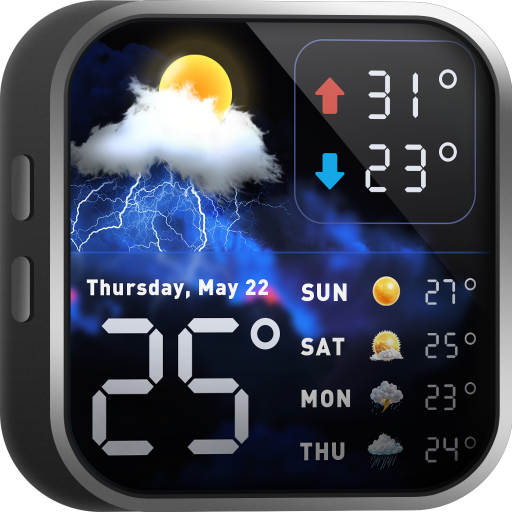Google Earth: Huge Update Brings Totally New Perspectives Of The Earth
Description of Google Earth: Huge Update Brings Totally New Perspectives Of The Earth
Thanks to Google Earth, almost every corner of our planet can be discovered from a wide variety of perspectives. So far, however, there have only been current images, but no photos from the past. Now Google has given the map software the biggest update in recent years: a timelapse function with satellite images from the past 37 years.
Uncover trends in South Africa's cloud market to help you prepare for your cloud migration. With the help of 24 million new satellite photos from 1984 to 2020, Google is promising a completely new visual experience: Timelapse in Google Earth.
With the new feature, Google wants to enable users to better understand the changes in our planet. You can use the search bar to go to any location on the planet and see how it is changing in fast motion.
With the timelapse function, Google Earth impressively shows how coastlines are changing, megacities are growing or deforestation is progressing in rainforests. In this way, the rapid environmental changes of the last few decades should become less abstract and visible to everyone. But also fascinating natural phenomena often only become visible in fast motion.
TO THE WEB APP: GOOGLE EARTH ONLINE
Google Earth online 9.134.0.0Use "Google Earth" directly on the web - regardless of which browser and device you are on the Internet with.
Timelapse feature shows changes
The new feature can be tried out both in the Google Earth web app and in the Google Earth Pro desktop version . To do this, click on the steering wheel icon and access timelapse content on the Voyager storytelling platform. There you will also find interactive tours through the new recordings and special places that are worth visiting.In addition, Google also provides more than 800 time-lapse videos in 2D and 3D on g.co/TimelapseVideos for free use and download.For the new function, a total of 20 petabytes of satellite images are said to have been merged into a single "video mosaic" with a size of 4.4 terapixels. According to Google, this resulted in the largest video in the world.
Google promises that Timelapse will be constantly updated with new images in the coming years.
Recent APPS
designkug.com © 2021 • About Us • DMCA Policy • Privacy Policy • Terms & Condition • Contact Us • Submit Apps














